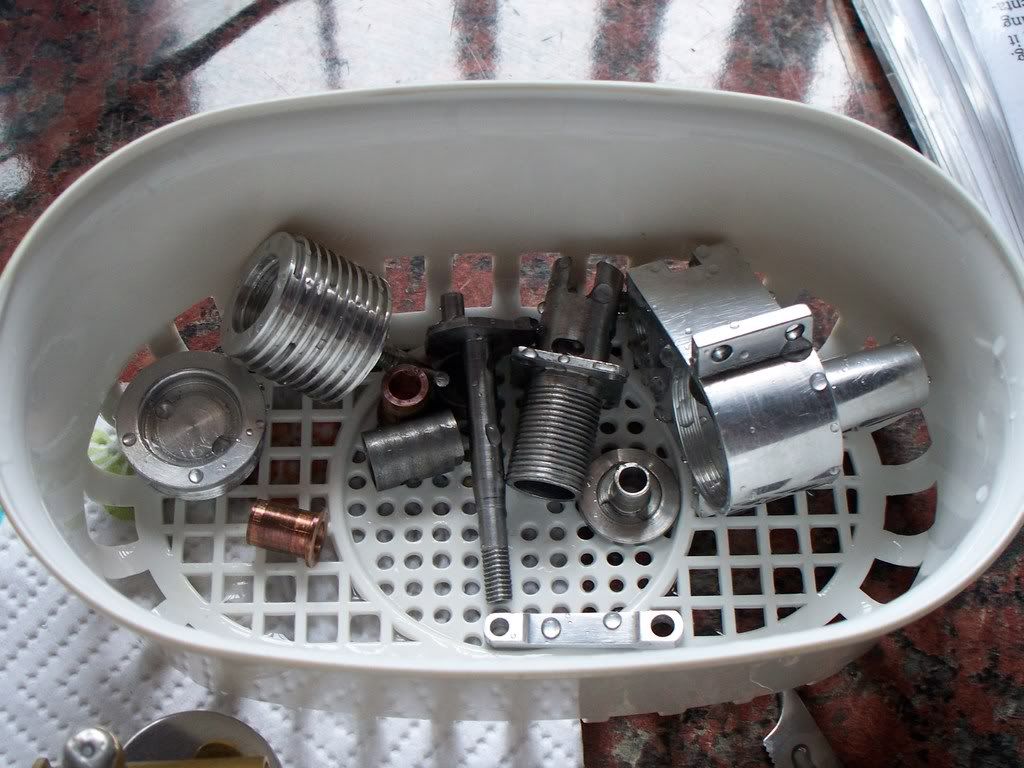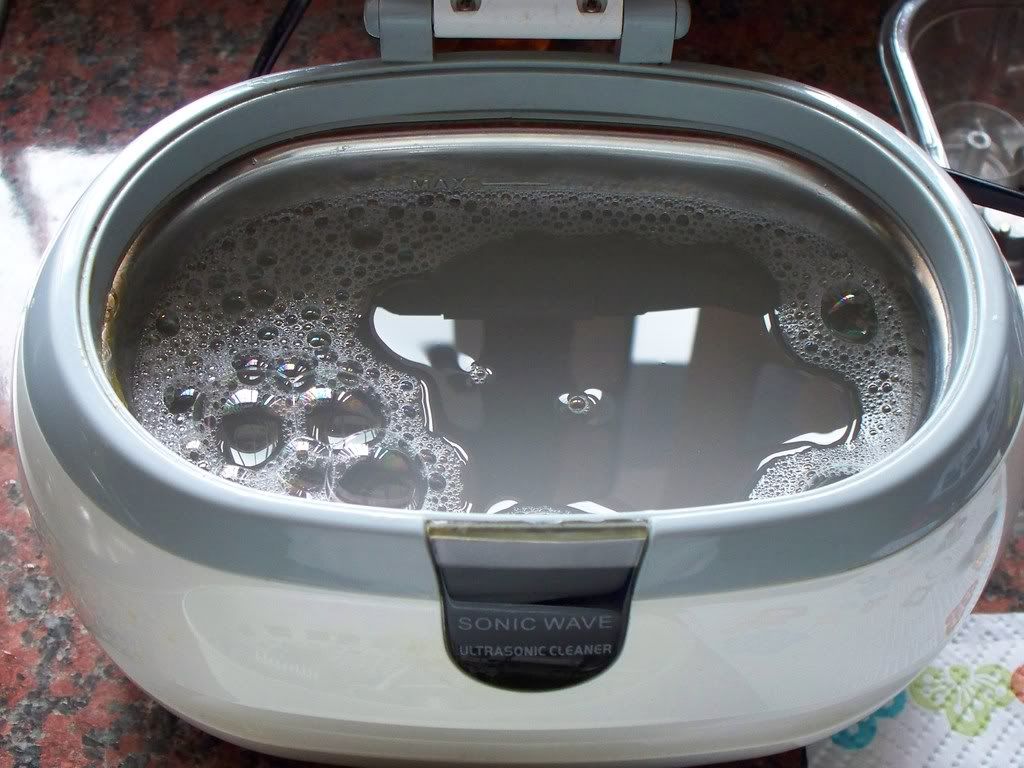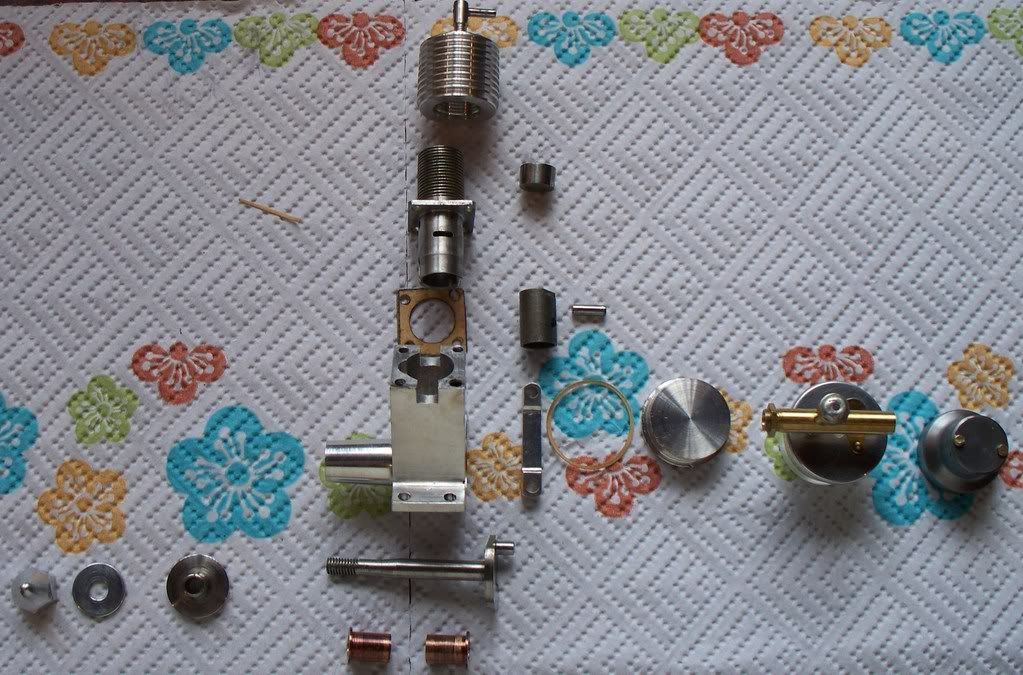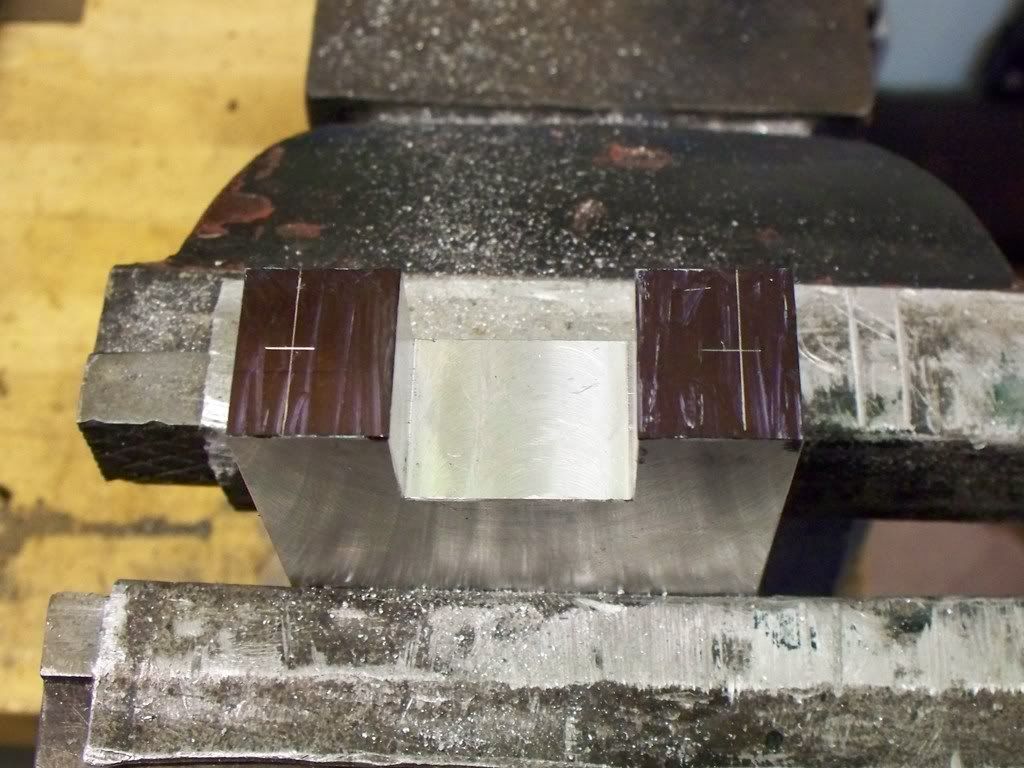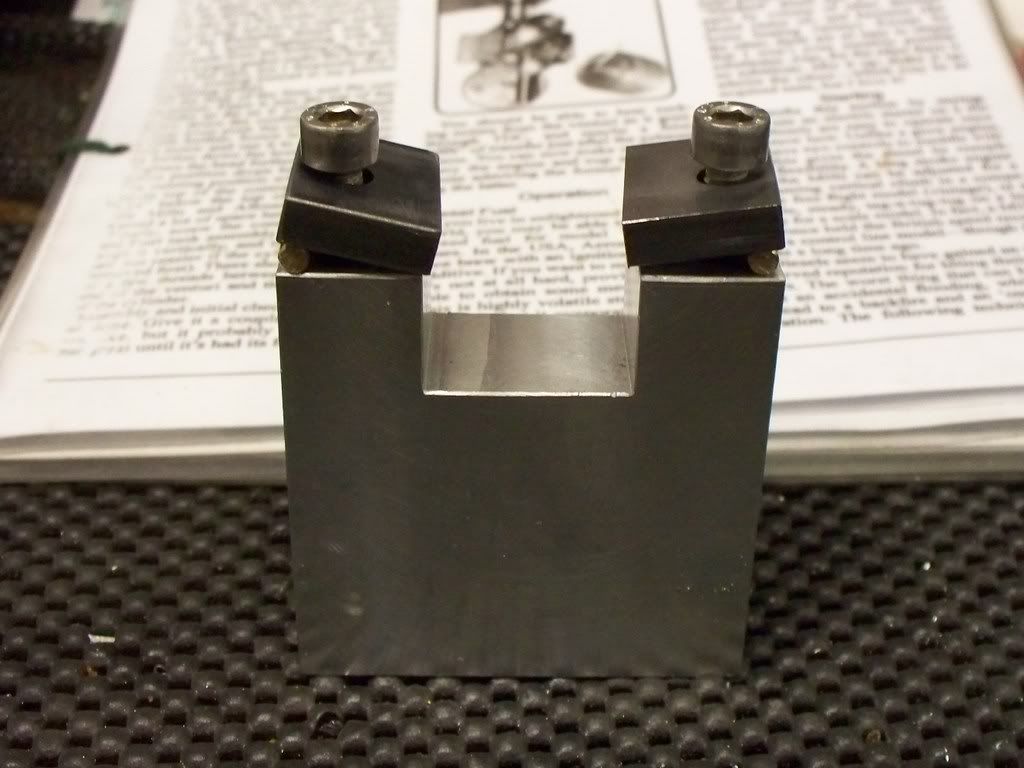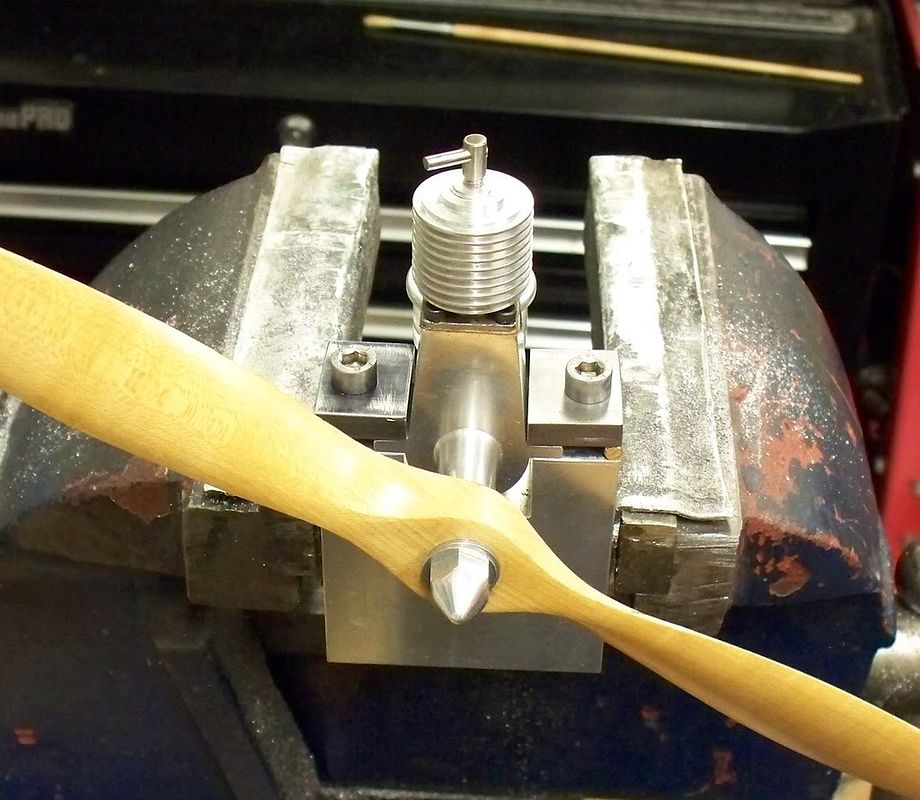SandyC
Well-Known Member
- Joined
- Jan 7, 2008
- Messages
- 158
- Reaction score
- 6
;D
Hey MM, super job.
that sure brings back some great memories.... ETHER, PARRAFIN, CASTROL R and AMYL NITRATE...... can't get the last one now, it's illegal...rotten spoilsports  :big: .
.
I still have a matched pair of MILLS 0.75's (original, not run in) and sequential serial numbers... from way's back in the early 60's.  NO YOU CAN'T BUY THEM  ;D ;D ;D
Suitable fuel can be purchased from 'MODEL TECHNICS' in Shoeburyness, Essex.
www.modeltechnics.com
I would suggest the 2% Nitrate mix for your engine. (they use Isopropyl Nitrate these days and synthetic oils)
Hope this helps.
Best regards.
SandyC  ;D
Hey MM, super job.
that sure brings back some great memories.... ETHER, PARRAFIN, CASTROL R and AMYL NITRATE...... can't get the last one now, it's illegal...rotten spoilsports  :big:
I still have a matched pair of MILLS 0.75's (original, not run in) and sequential serial numbers... from way's back in the early 60's.  NO YOU CAN'T BUY THEM  ;D ;D ;D
Suitable fuel can be purchased from 'MODEL TECHNICS' in Shoeburyness, Essex.
www.modeltechnics.com
I would suggest the 2% Nitrate mix for your engine. (they use Isopropyl Nitrate these days and synthetic oils)
Hope this helps.
Best regards.
SandyC  ;D





